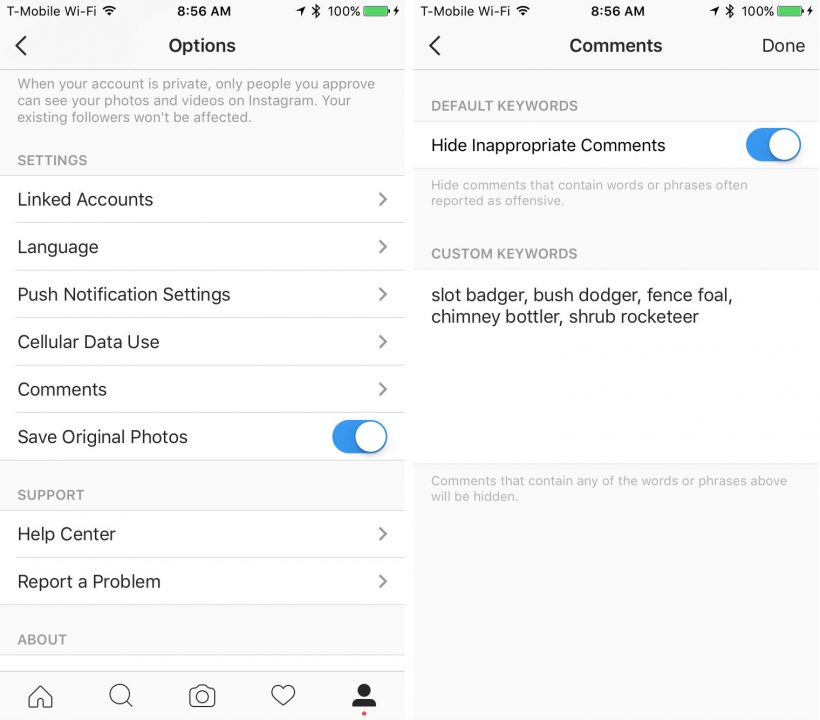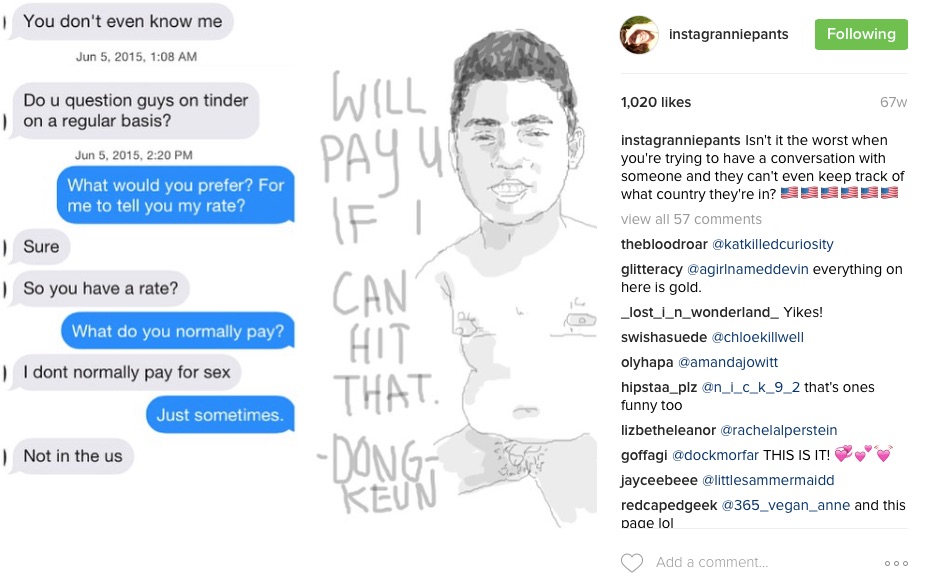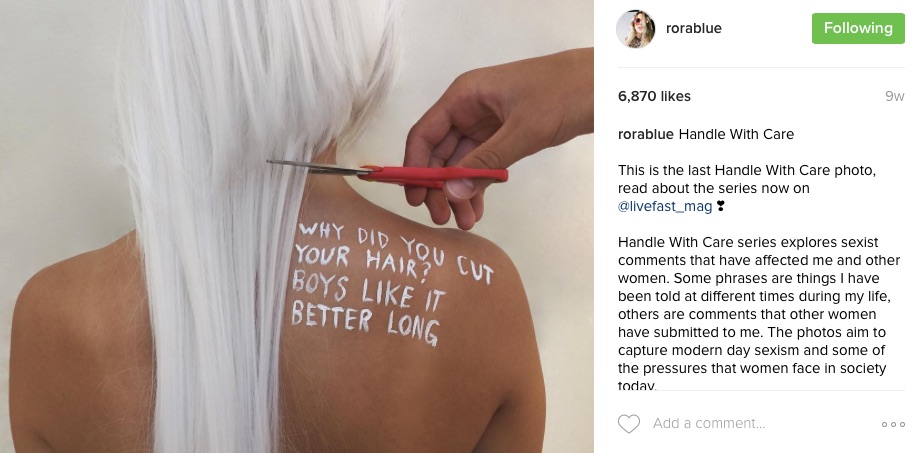FemInstagram: can Instagram help fight sexism?
Lena Dunham, Feminista Jones, Anna Gensler, Rupi Kaur are only a few of the many social media activists, involved in the debate on feminist issues, but all of them report having been victims of cyber-bullying in one way or another. Besides these better-known stories, huge numbers of women are faced with gendered hate on social media everyday (Jane). Instagram, however, has recently made the next big step in changing the prevalent abuse culture. Its new comment moderation policy could help shift the public attitudes towards a safer environment and better acceptance of the feminist views.
What’s new?
Last week Instagram introduced a new feature that finally allows all users to filter out comments based on the words in them. Kevin Systrom, the CEO and co-founder of the platform wrote in his blog post “To empower each individual, we need to promote a culture where everyone feels safe to be themselves without criticism or harassment”. The tool already has a list of words that were labeled as inappropriate and filtered out automatically. In addition, each user can choose other words, emojis and phrases personally to recognise abusive content under the pictures they posted.
Instagram must have thought this through, as they even came up with a safeguard against revengeful harassment as a response to the moderation. To solve this, filtered comments will only be visible to the ones who wrote them. As a result, Internet trolls will not engage in bullying by copying one another, but still think that their comment is visible. The new feature could be a turning point at tackling all cyber-bullying and trolling on this platform, taken into account examples of fat-shaming, slut-shaming and other frequent misogynistic comments.

How to turn on the comment filter on Instagram
Why better?
Often criticised for its picture censorship, Instagram is still often the social medium of choice for artists and other activists seeking to question gender inequality related problems (Olszanowski). The platform has been used to raise awareness about body image issues, rape culture (Sills et al.), stigmatisation of menstruations (Saul) and many other problems. Instagram, in particular, is also often chosen by activists for the possibility of anonymity and greater control over your feed, but previously it lacked effective ways to fight against bullying. Until recently one could only block other users or manually delete comments. While both are straining psychologically as well as physically, blocking other users also prevents from leaving room for any kind of discussion with them.
Feminism discourse may benefit from the new feature in a variety of ways. First and most importantly, by creating a more encouraging and open environment for a discussion. Social media can provide with freedom to express opinions and engage in debates with a wide variety of audiences. However, very often any constructive opinions can be buried in a sea of shallow, sexist, inappropriate comments that only disturb the discussion about what’s really important. In other words, the fewer insults are allowed, the more rational and productive the discussion.
The comment censorship tool may also invite even more people to engage in feminist activism via visual content on Instagram. By creating a stigma-free environment, this social network could encourage more users to share pictures related to everyday womens’ issues. In other words, positive environment would help foster an even more positive one. This could result in more people speaking up on Internet and changing the prevailing norms of womens’ bodies, behaviour and so on offline. The growing community would make Instagram a very important social medium for engaging in feminism-oriented discussions.
Questions
To look at the not-so-bright side, the effectiveness of this new tool can be questioned. Indeed, by hiding the abuse we cannot be sure to make it disappear. Moreover, cyber-hate can find other ways to reach users (Lopez), for example, through private messaging or by not using any particular abusive words. On the other hand, this solution is definitely better than shutting down social activists’ accounts as a result of them not being able to deal with bullying psychologically and physically, which is often the case. As said on Instagram’s blog post, “We know tools aren’t the only solution for this complex problem, but together, we can work towards keeping Instagram a safe place for self-expression” (Systrom).
Fighting the abuse online might be the first big step for Instagram in the fight against online sexism, but many more have to be taken in order to create a positive environment for a discussion about women’s issues. My suggestion – think of re-evaluating picture censorship next.


